Posted on 10/24/2017
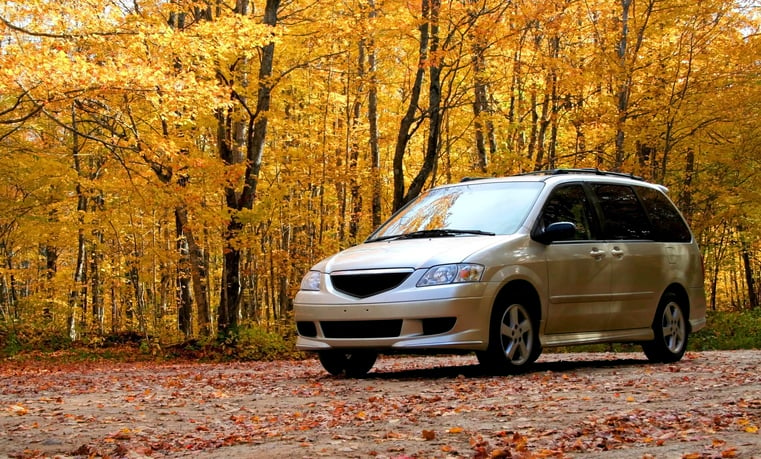
At All Tech Automotive, we love finding interesting articles and fun facts about vehicles. Check out this article we found about why Minivans aren't so bad after all. Minivans may get a bad rap for being stodgy vehicles, but they've actually been subject to pretty pioneering advances in auto tech. "The nicest thing I ever said about a minivan on air is 'it's your money, do what you want.'" That's Ben Bowlin, co-host of the CarStuff podcast, firing another volley in the Great CarStuff Minivan War. Ben (self-avowed minivan cynic) and co-host Scott Benjamin (reluctant minivan apologist) discuss in this podcast episode not just the history of the minivan, but their own deepening understanding of how the minivan may or may not be the worst thing that's ever happened to cars. Conclusion? Probably not! There's more to the minivan story than just the tale of a harried parent trying to stuff more kids into a vehicle bound for basketball practice. In ... read more
Posted on 10/24/2017
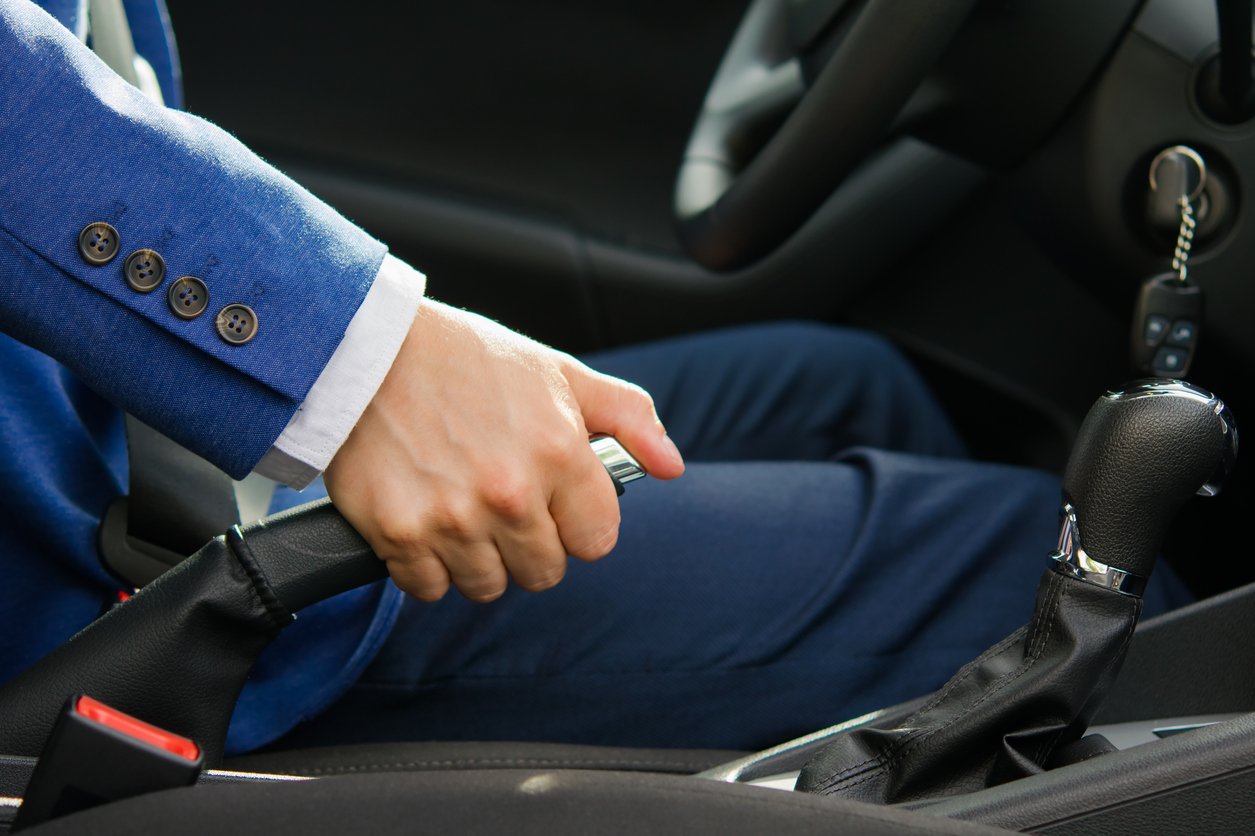
At All Tech Automotive, we believe you should thoroughly know every part of your vehicle and how every part works. We found this article on how emergency brakes work to give you a better understanding of your brake system. How Emergency Brakes Work You're 16 years old. Your father has decided it would be a great idea to take you to the steepest hill in town and make you stop precariously at the stop sign that is halfway up the hill. You're driving a stick shift. As you stop, he reaches over and puts on the emergency brake. You notice three cars pulling up behind you. Your father snickers. You break into a cold sweat. But for a second, you feel safe. Because the emergency brake is on. But what exactly is holding you in place? Emergency brakes are a secondary braking system installed in motor vehicles. Also known as e-brakes, hand brakes and parking brakes, emergency brakes are not powered by hydraulics and are independent of the service brakes used to slow and stop vehic ... read more
Posted on 10/24/2017

All Tech Automotive in support of WellSpring 2017 Purple Purse Challenge October is not only Car Care Month, but also Domestic Violence Awareness Month. All Tech Automotive wants to give a spotlight to WellSpring, a local nonprofit that works in Saratoga County to end relationship and sexual abuse in the community. What does WellSpring do? In Saratoga County, domestic violence is the number one cause of family homelessness, and the number two crime and number two cause of homicide. WellSpring strives to meet the growing demand for services in Saratoga County to support domestic violence survivors. At the same time, they aspire to reduce the prevalence of sexual and relationship violence by putting greater focus on prevention, early intervention, and service accessibility. At WellSpring, the mission is to support survivors and engage the community to end relationship and sexual abuse. Each year, the crisis intervention and survivor services support more than 1,000 clients ... read more
Posted on 10/17/2017

It might not always be a fun conversation, but setting clear rules for younger drivers is a safety basic. 1) Set Basic Rules of the Road Teens whose parents set rules of the road and enforce them are more likely to be safer while behind the wheel than their peers without that parental support and communication. In fact, having family driving rules has been shown to reduce teen crashes by as much as 50 percent (and to reduce the odds your teen will drink and drive by as much as 71 percent) [source: GHSA]. Be clear about what your rules and expectations are, such as curfew and number of passengers allowed (if any). Also understand and follow your state's licensing requirements; for instance, all 50 states have some type of graduated driver licensing (GDL) program, which slowly introduces risky on-the-road situations such as nighttime driving to novice drivers over a set period of time. It's a program that works (it's reduced the number of crashes at the hands of young ... read more
Posted on 10/17/2017
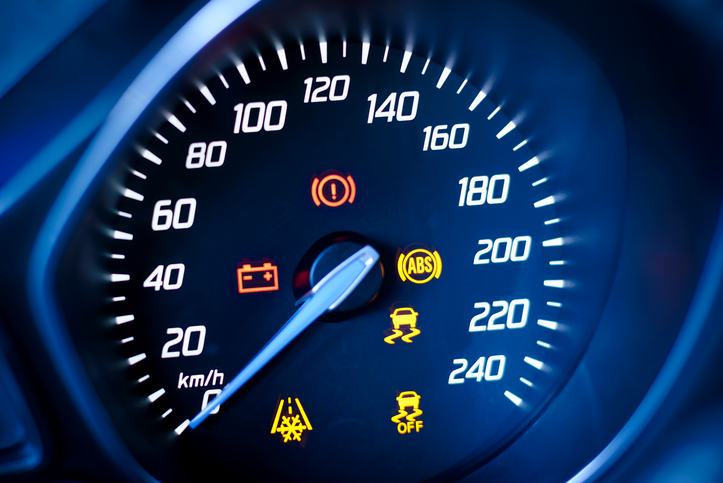
Your brake warning lights are on... now what? Most cars have one or two brake warning lights on the dashboard. When you first start your car, all of the lights on the dashboard should light up. This is the bulb check; they should go out in a few seconds. If a light doesn't go out, then your car is alerting you of a problem. If a light does not light during the bulb check, it tells you that you need to replace the bulb. Your car illuminates the BRAKE light to indicate one of two things: that your emergency brake is on. Release it to solve the problem. that you have lost brake pressure in half of the brake system (see How a Combination Valve Works for details). Brake Fluid and Pressure Problems If releasing the emergency brake doesn't make the light go off, you should slowly and calmly pull over and stop. If the brake system has completely failed, you will have to use the emergency brake for braking. If the light stays on, it means that the pressure on one side of the br ... read more
Posted on 10/11/2017
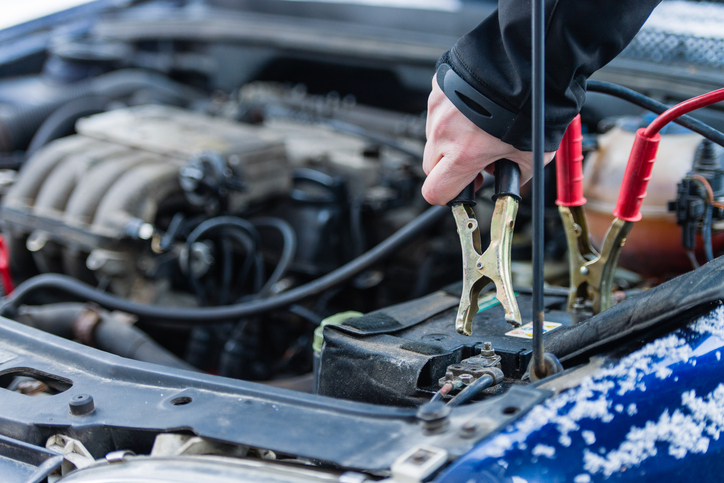
Owning a working set of jumper cables -- and knowing how to use them -- is a must for drivers. Since using jumper cables incorrectly can be dangerous, follow every step precisely. Most jumper cables have an instruction card or label so you can make sure you're connecting them the right way. Find a car to serve as the boosting car. Park the two cars -- the dead car and the boosting car -- close to one another, making sure that they're not touching each other. Make sure both cars' engines are turned off, and both cars are in park. Clamp the red jumper cable (i.e. the positive cable) to the dead car's positive battery terminal, which is marked with a "+." Make sure that the clamp is firmly connected to the battery. Clamp the other end of the red jumper cable to the booster car's positive battery terminal, also marked with a "+." Make sure that the clamp is firmly connected to the battery. Clamp the black jumper cable (i.e. the negative c ... read more
Posted on 10/11/2017
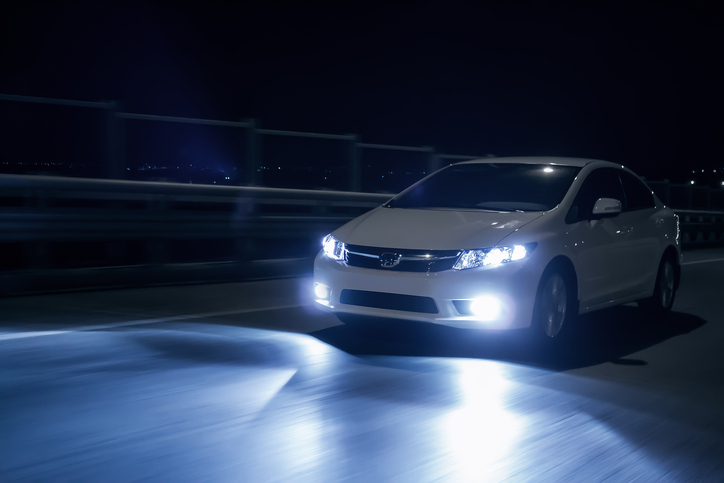
Would you ever willfully perform an unnatural act? That's what you're doing when you drive at night. People are diurnal, versus nocturnal, and we weren't meant to be traipsing around in the darkness, at the same time the wild things are. Even though we humans are at the top of the food chain today (usually), our bodies have failed to keep up with the radical changes we've made in our lifestyles. Nearly 90-percent of your reaction ability while driving relies on sight, yet the ability to see goes down dramatically at night. Your depth perception, color recognition and peripheral vision all take a nosedive when the sun goes down [source: Risk Control Services]. Also, we're naturally less alert at night. As a result, nighttime driving is one of the most dangerous activities you can do, statistically speaking. Of all fatal car accidents, 49-percent occur at night, despite there being fewer drivers on the road. In fact, night driving has a fatality rate per mile ... read more
Posted on 10/11/2017
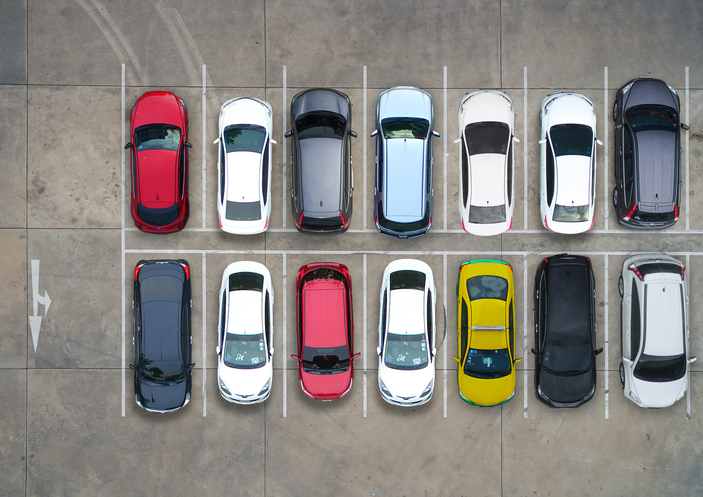
Back in, or pull in front first? Experts argue that one method clearly reduces the probability of accidents upon departure. Whether it's cooking an egg, skinning a cat, or building an underground bunker to prepare for end times, there is usually more than one way to do most things. When it comes to driving a car, for example, motorists tend to have some wildly varying ideas about how to best get from Point A to Point B. That's not to mention timeless driving debates over how to occupy the far left lane on a highway, when to turn on your lights, if you should pull over for a funeral procession ... and whether beef jerky or peanut M&Ms is the optimal snack for a long drive. Then there's the question of what to do when you want to stop driving and leave your car somewhere. Many motorists are united in their strict aversion to parallel parking, but how to navigate other spots is still a source of some debate. Is it better to turn headfirst into a parking space? Or to ... read more
Posted on 10/11/2017

Teenagers should take these steps to drive away with a great deal Teens might love the freedom a first car can bring, but it also brings a lot of responsibility. They need to be ready for significant expenses even after figuring out how to pay for the car. There's fuel, maintenance, repairs, insurance, taxes and more. Here are some strategies for getting behind the wheel as painlessly as possible. And because an important element of driving includes sharing the road responsibly, you should read our guide to teen driving safety. What Can You Afford? It’s critical for teens and their parents to establish a reasonable budget. Money available for a down payment and for making monthly installments on a loan will determine the range of car choices. One key consideration is whether the car is meant to see a teen through high school or college and beyond. That will determine how new and reliable it needs to be. The best way to save money is to buy used. A new car loses alm ... read more
Posted on 10/3/2017

Halloween is a holiday that children and adults alike can enjoy. Who doesn't love costumes, candy, and scary stories? But Halloween can also be a very dangerous time to be a driver and a pedestrian. If you have to drive this Halloween, follow these driving safety tips. 1. Use your headlights. Even in the daytime, trick-or-treaters are much more likely to see you if you are shining your headlights (not your brights – you don’t want to blind anyone). Especially important in residential areas. 2. Don’t drive distracted. It’s a good idea anyway to avoid distractions while driving, as distracted driving is the largest cause of motor vehicle accidents. Put your cell phone away, don’t reach for anything until you’re safely stopped, and save your snacks for your destination. 3. Turn the radio down. We all love to jam out in the car, but Halloween is a time when it’s vitally important to be able to hear what’s going on around ... read more